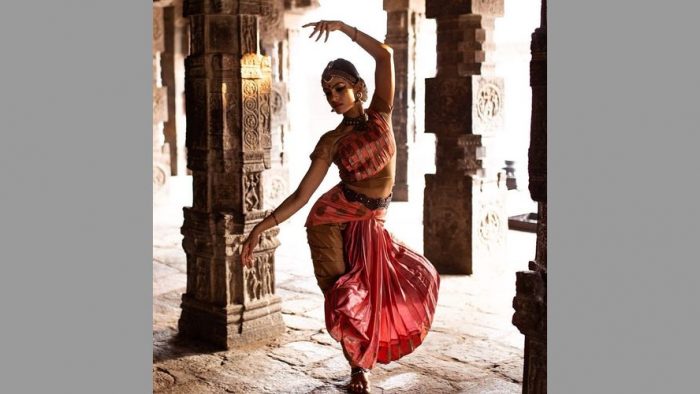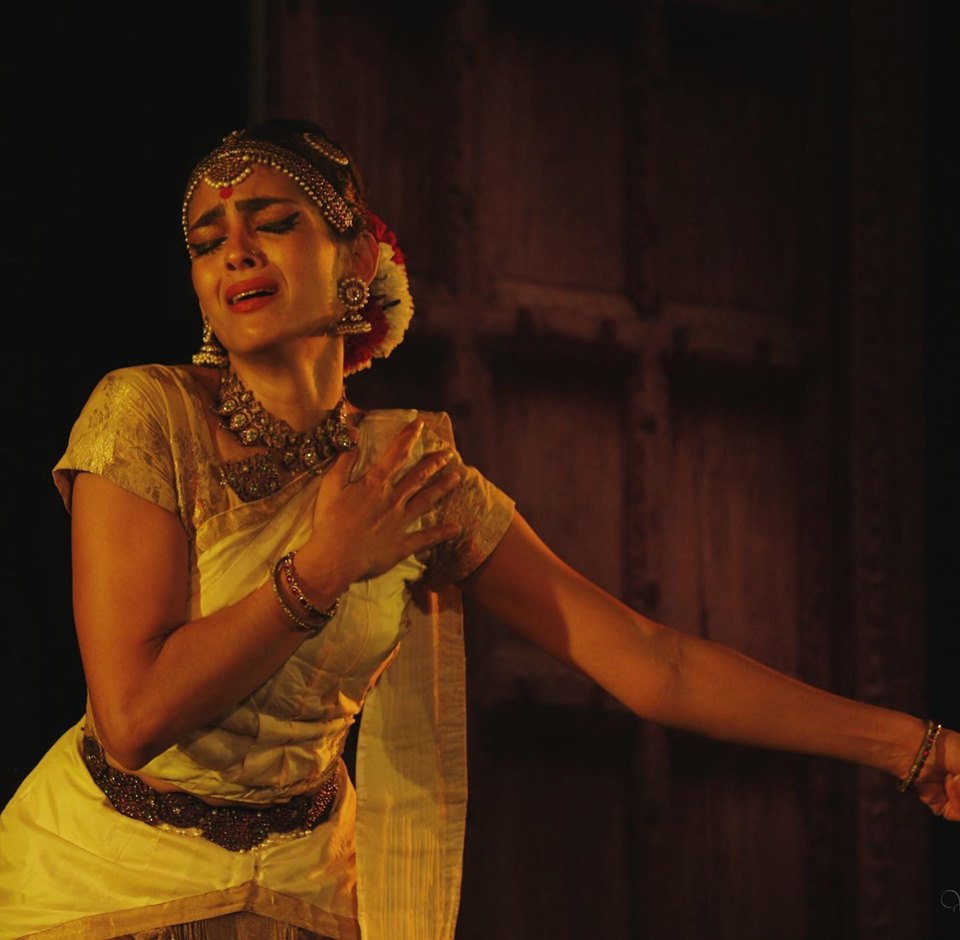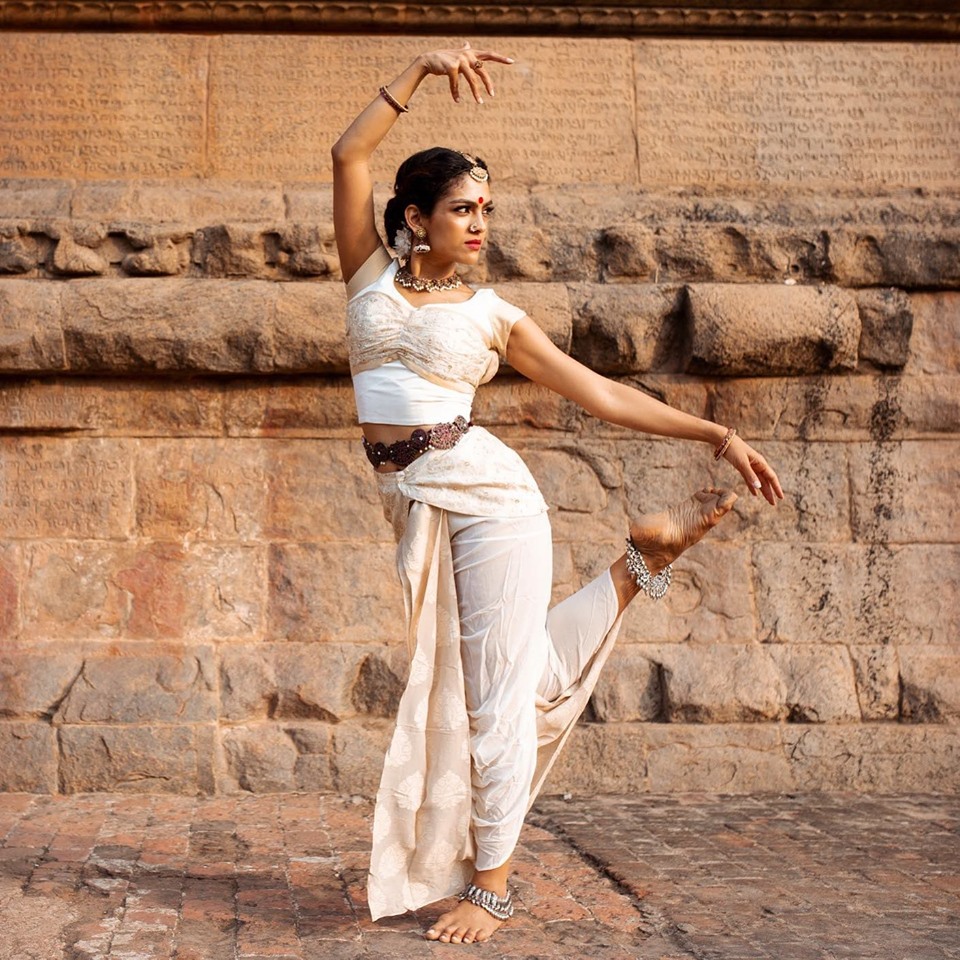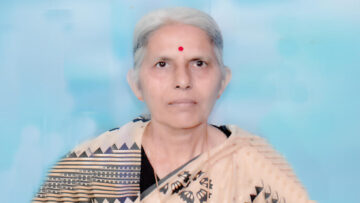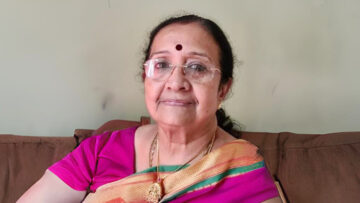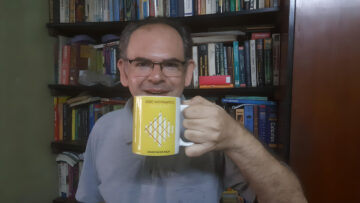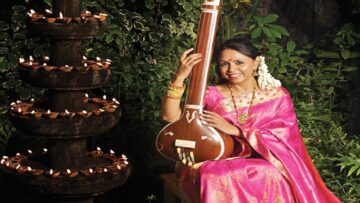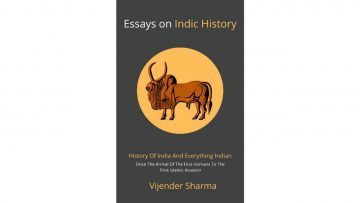Internationally acclaimed Bharatanatyam dancer and actress Rukmini Vijayakumar is well known in dance circles for having pushed the envelope in terms of creativity and contemporary thinking and execution of an ancient dance form. While the dance idiom remains largely constant, she speaks about variables of space and time, body, mind and spirit for a dancer.
Line, shape and colour are the building blocks of the perceptual world. How do you use these elements in your choreography?
Line and shape in dance is the same as in the visual physical world. Colour is different in dance. We use the idea of dynamics to colour our movement. Dynamics comes in the way we use our body. Whether we are like a cloud or like an arrow in the weightedness or whether we are accelerating or decelerating the dynamics colours our dance. Emotion is the basis of dance. Emotion largely informs line, shape and colour in choreography.
How do you use the basic elements of space to create possibilities in dance?
Every space on stage elicits a certain response in the audience. If I come and stand centerstage it is very different from standing upstage right or towards the wings or in the corner or all the way in front of the stage. Most of the time when I choreograph, I first see which part of the space my movement travels and only then I add movement. I know the space it occupies before I make the movement. However, in my traditional work the rhythm comes first, the movement comes second and the space comes next.
When a dancer is dancing solo, is it possible the space becomes the partner?
There is some dance where space matters a lot and there is some work where the movements within my body matter more than the space that it occupies. It depends on the piece. Some of the work is heavily dependent on which position I occupy on stage and some of my work is more within the body. That being said a large portion of traditional Bharatanatyam work is more within the body and is not concerned as much with the space it occupies. With my choreography, it varies between these spectrums. An interesting thing that we do in Bharatanatyam is that we also construct space. We can construct an imaginary space that the audience can visualise depending on how we interact with the space. The space not only becomes a partner, but the constructed space also becomes something that we react and respond to.
How does time/timing, create possibilities for the dancer in space?
Timing is everything in theatre and especially in a theatrical dance form. Both the timing of how we express something and also how we express makes a big difference to the dance experience. For example, in Carnatic music, you can’t go off talam. If you miss the timing and go offbeat after the avartanam is over, the entire punch of the jati is gone. In theatre, how an emotion builds and ends is really important because everything works with rhythm. The timing of emotions, timing of physicality, timing of how everything builds creates impact.
How can a dancer’s use of space change over time, how would you use space to be expressive of the times you live and dance in?
The physical space we use varies a lot. It depends on the character as every character has a certain amount of space around them which is considered their own. Very often this is based on their upbringing, their status in life, how much space they enjoy in their house, do they use public transport, or their own car, are they more or less privileged, are they more or less educated, and it depends largely on their financial background. So a king would usually have a lot of space around him. So you stand far away from the king. If you are a sakhi, the space around you is relatively smaller. But this idea of giving space for a character has been timeless. Space is malleable and is not attached to any period. What we do with the space creates a certain context and may express times that we live in.
Dance, as a part of our lives, even children’s lives, has been subordinated to more mechanical learning. How can the innate reflex of our body to rhythms and emotions help us to listen to our innermost thoughts more naturally?
Dance has definitely been subordinated to more mechanical learning. This is what I have addressed a lot in my work. The reflex of your body is the first impulse and then the aesthetic of Bharatanatyam is added on top of that. Even when I teach children I ask them to listen and respond and then learn the dance form. They learn to touch, feel and imagine. Then they use their hasthas, a long spine, elbows lifted to depict an object. It is every artiste’s prerogative to find that natural response to rhythm and emotion. It takes a lot of quiet work. Every actor does it too. Once that is done, then you have to use the technique of your particular aesthetic of performance to fit it into that. Whether it is Bharatanatyam, Kathakali, Kuchipudi, ballet or contemporary dance, it is important to cultivate this first act of accessing our innate reflexes and innate responses to emotions and thoughts.
The human body brings space to life. Both filled and empty spaces. How do you use emptiness between spaces, like musicians use pauses to create impact?
Musicians do not use spaces in a physical sense. They use it in a sense of time so for a certain amount of time they stop playing. Because dance is visual, we stop moving for a moment in time. The visual element is added to that time element because we exist in space whereas sound exits in an ambient area. We exist in a specified position within space, while sound exists all around us. We have access to a specific position on stage, along with access to time.
In some ways, we can use pauses even to a greater advantage because only when we can show something that is quiet can we show something that is not quiet. If are no moments of quietness, the noise does not have any impact at all. These pauses exist even within our bodies, as we move. Even if we are moving in the 4th speed, we have to have quiet within the movement in order to communicate effectively. The pause is not just about not moving, it is also about finding space and intention between each movement no matter how fast we are.
The architecture of the performance – how does it impact on the impressions on the audience? The entrances, the exits, the walkarounds, the side structures, the coming up, the going down. How do you use these in your intention to convey messages through dance?
Every entrance, every walk around the coming up or going down conveys a certain message. This is what we use all the time to convey all our messages. We use it for everything. We have only our bodies, we don’t have our voice in dance. Dance is not a space that houses the mind and spirit. Architecture houses a space, it is a physical construct that houses the human body. Dance is made of the body, mind and spirit. Dance doesn’t house it but is made of it. If you have only your body and you dance, it is not dance. If you have only your mind and dance, you can’t – as you need your body. If you have body and mind and no spirit, it looks bland. Dance is made of all three being present. It doesn’t house it, it is necessary to make it.
Disclaimer: The opinions expressed in this article belong to the author. Indic Today is neither responsible nor liable for the accuracy, completeness, suitability, or validity of any information in the article.

